Purina Pro Plan Puppy Chicken and Rice Formula Dry Dog Food
Care for your puppy’s nutritional needs with Purina Pro Plan FOCUS Chicken & Rice Formula puppy dry dog food. High-quality protein sources, including chicken as the #1 ingredient, help your puppy develop healthy muscles so that he can maintain his playful lifestyle. DHA from omega-rich fish oil in this puppy formula helps to nourish his brain and vision development, and calcium, phosphorus, and other minerals help to build strong teeth and bones. This super-premium dog food will keep your puppy happy at mealtime, and you can have confidence he is getting the 100% complete and balanced nutrition his body needs at this early stage of development. Offer up this Purina Pro Plan FOCUS puppy food recipe to show your puppy you care about his overall health and well-being while giving him a food designed to meet the unique nutritional needs of your growing puppy.
Care for your puppy’s nutritional needs with Purina Pro Plan FOCUS Chicken & Rice Formula puppy dry dog food. High-quality protein sources, including chicken as the #1 ingredient, help your puppy develop healthy muscles so that he can maintain his playful lifestyle. DHA from omega-rich fish oil in this puppy formula helps to nourish his brain and vision development, and calcium, phosphorus, and other minerals help to build strong teeth and bones. This super-premium dog food will keep your puppy happy at mealtime, and you can have confidence he is getting the 100% complete and balanced nutrition his body needs at this early stage of development. Offer up this Purina Pro Plan FOCUS puppy food recipe to show your puppy you care about his overall health and well-being while giving him a food designed to meet the unique nutritional needs of your growing puppy.
- Made with high-quality protein, including real chicken as the first ingredient
- DHA from omega-rich fish oil helps to nourish his brain and vision development
- Antioxidant-rich formula helps support a puppy’s developing immune system
- New Look and Name Coming Soon. May Receive Either Bag During Transition.
- 100% complete and balanced nutrition for puppies, up to 1 year of age
- Calcium, phosphorus, and other minerals help to build strong teeth and bones
- Vitamin A and linoleic acid, an omega-6 fatty acid, help to promote his healthy skin and coat
Additional information
| Country of Origin | Made in USA |
|---|---|
| Breed Size | Extra Small, Small, Medium, Large, Extra Large |
| Flavor | Chicken and Rice |
| Health Features | Muscle Health, Brain Health, Bone Health, Immune System Support, Vision Health, Oral Health, Skin & Coat Health |
| Life Stage | Puppy |
| Primary Flavor | Chicken, Rice |
| Special Diets | Includes DHA, Omega Fatty Acids |
| Manufacturer Part Number | 3810013270 |

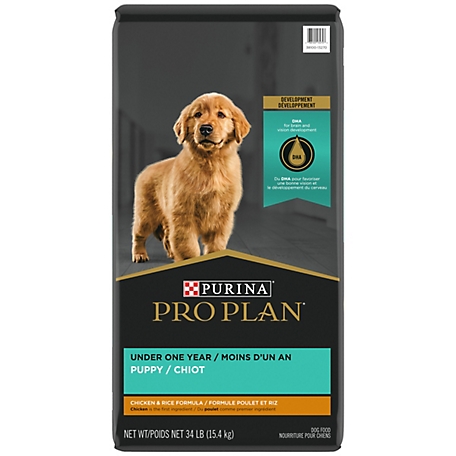
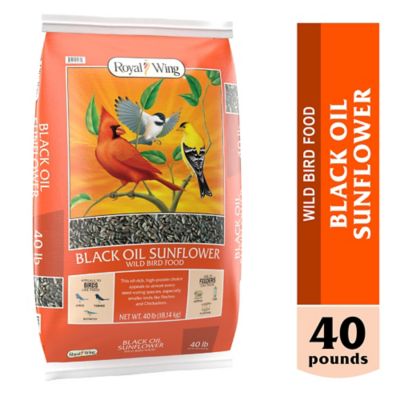


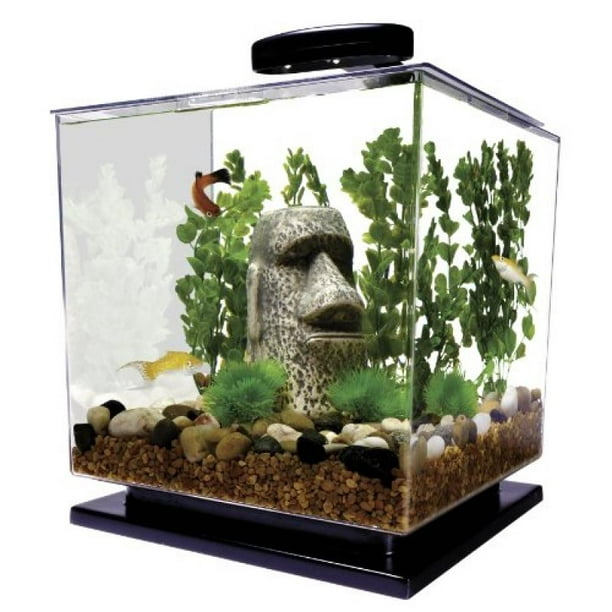


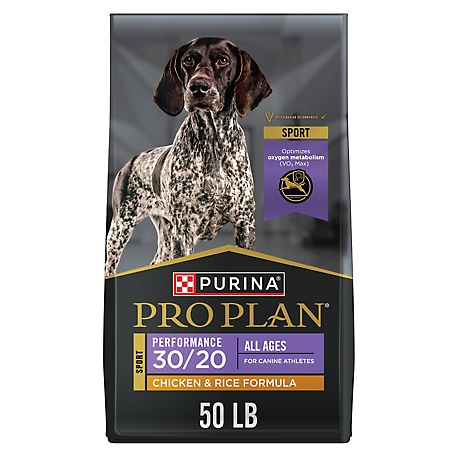
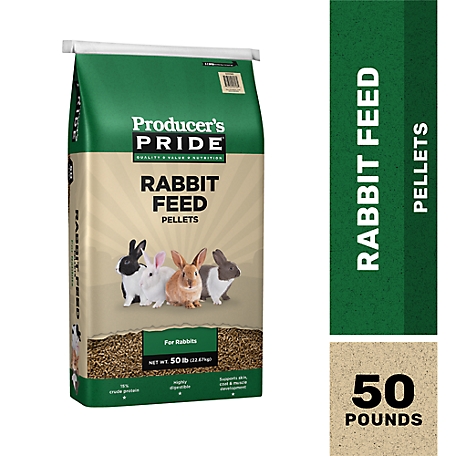
by Quincy
My very active dogs love this food and it seems to have the right balance to fulfill their needs.
by Doug
Best dog food hands down.
by Susie
I by this purina pro plan puppy dog food all the time for my corgi. He loves it. It is the heathest dog food i have found.
by Teresita
My puppies love it.